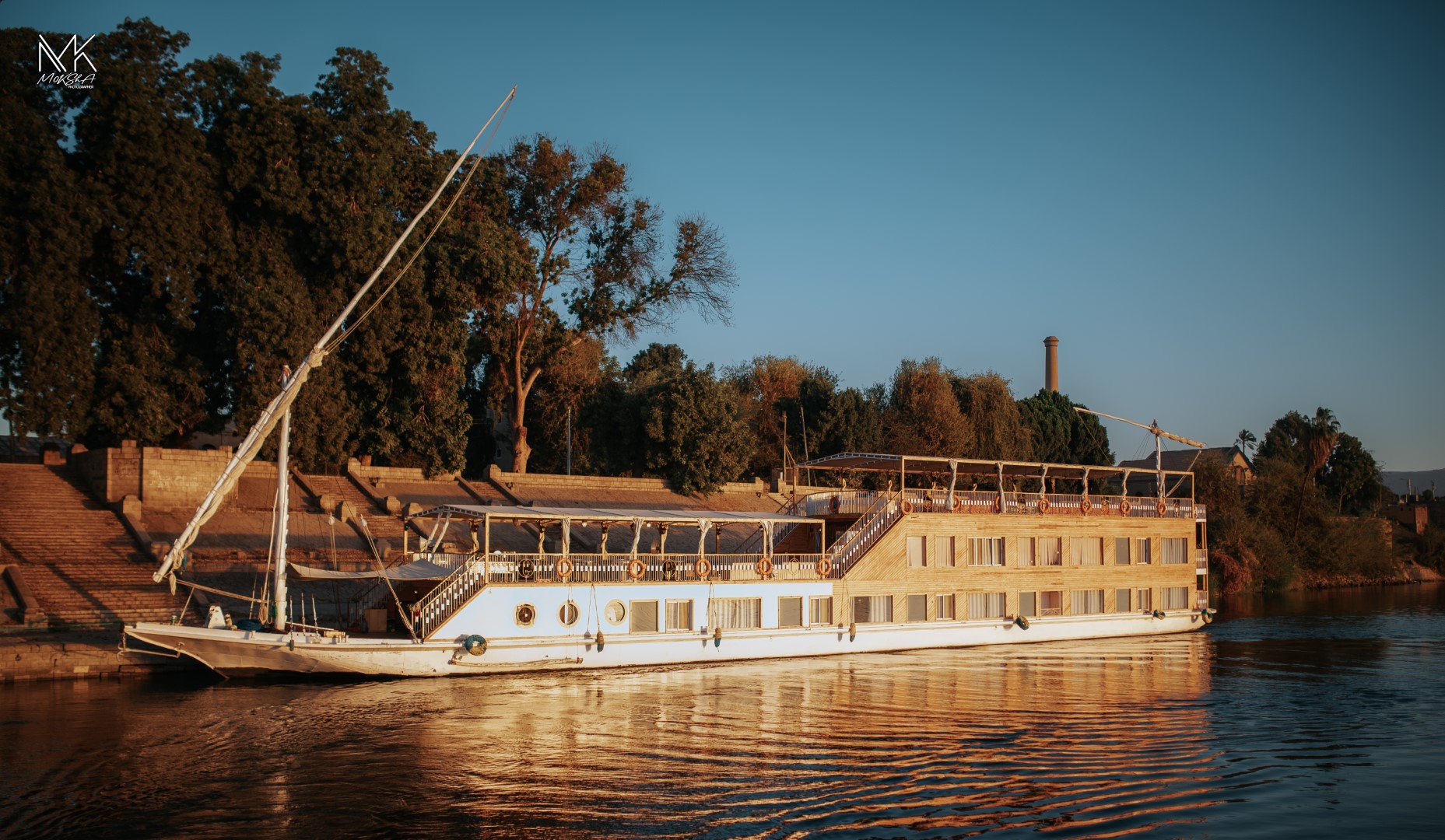Temple of El-Maharraqa: A Unique Roman-Egyptian Monument in Nubia
The Temple of El-Maharraqa is one of the most fascinating and lesser-known ancient temples in Nubia. Located near the relocated site of Wadi El-Sebua, it was built during the Greco-Roman period, likely in the 1st century BCE to the 1st century CE. The temple was never fully completed, but its design and details offer valuable insights into the cultural fusion of Roman and Egyptian architecture.
What makes El-Maharraqa truly unique is its spiral staircase, an uncommon feature in Egyptian temples. This staircase once led to the roof, suggesting that it may have been used for rituals performed in the open air—a rare concept in ancient Egyptian temple design.
The temple was dedicated to Serapis and Isis, deities who were worshipped widely during the Greco-Roman period. Its walls include unfinished reliefs and decorations, allowing archaeologists to study the construction techniques of the time. Despite its incomplete state, the temple still showcases Roman-style columns, Egyptian motifs, and a blend of artistic traditions.
Like many Nubian temples, El-Maharraqa faced destruction due to the rising waters of Lake Nasser. It was successfully relocated in the 1960s as part of the UNESCO campaign to save Nubia’s heritage.
Today, the Temple of El-Maharraqa stands as a symbol of religious and cultural blending, and offers visitors a quiet but intriguing stop on the trail of Nubian monuments.


